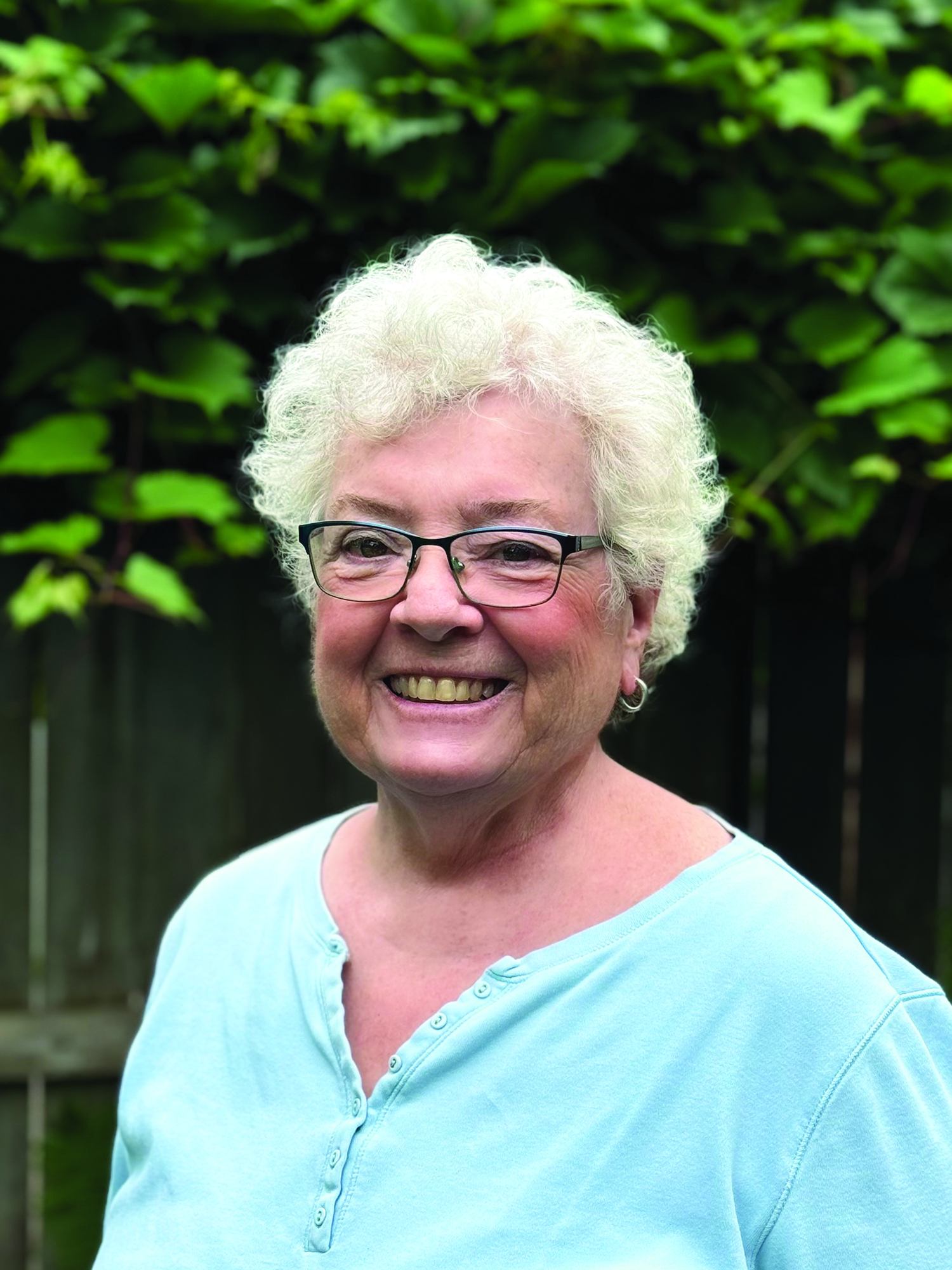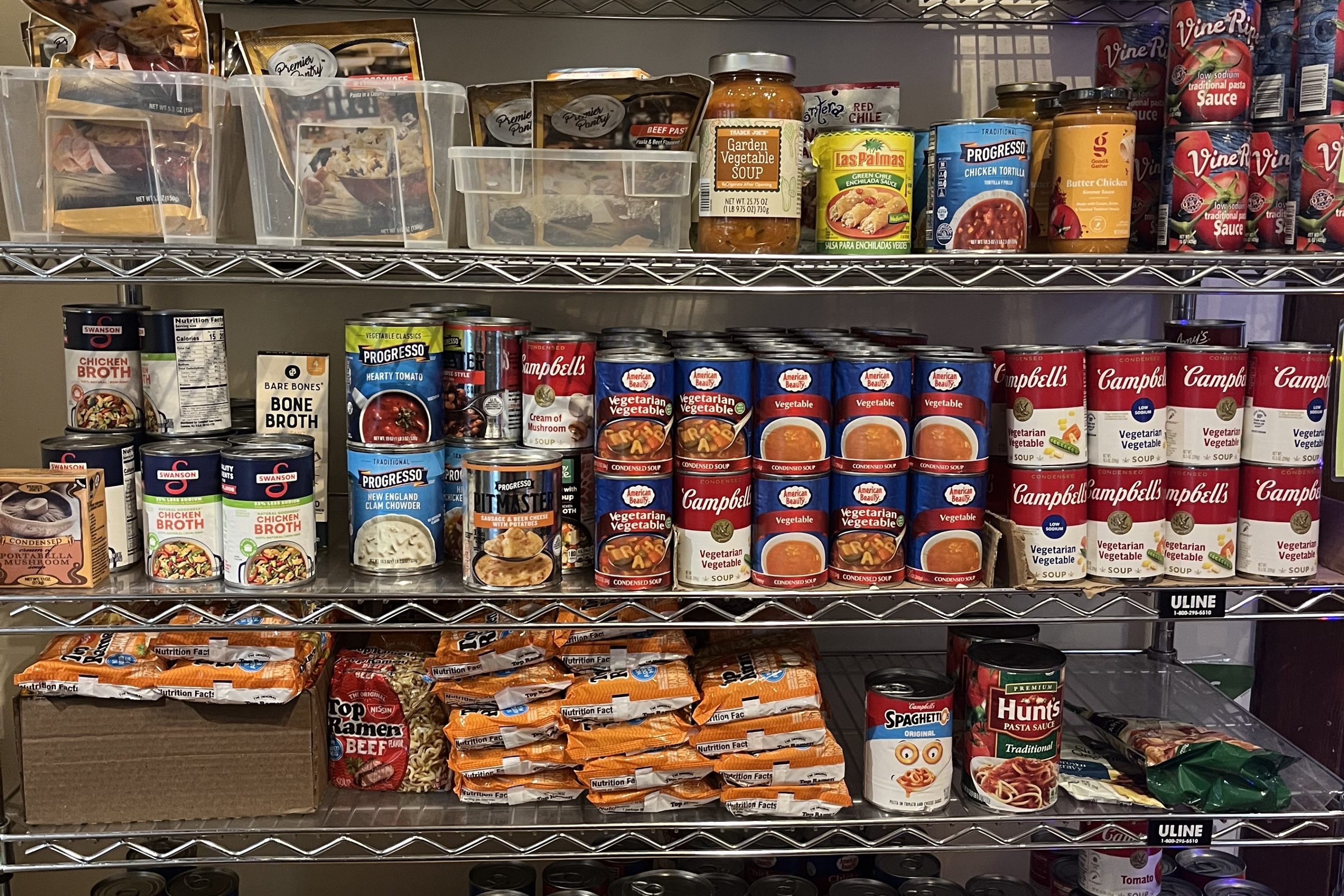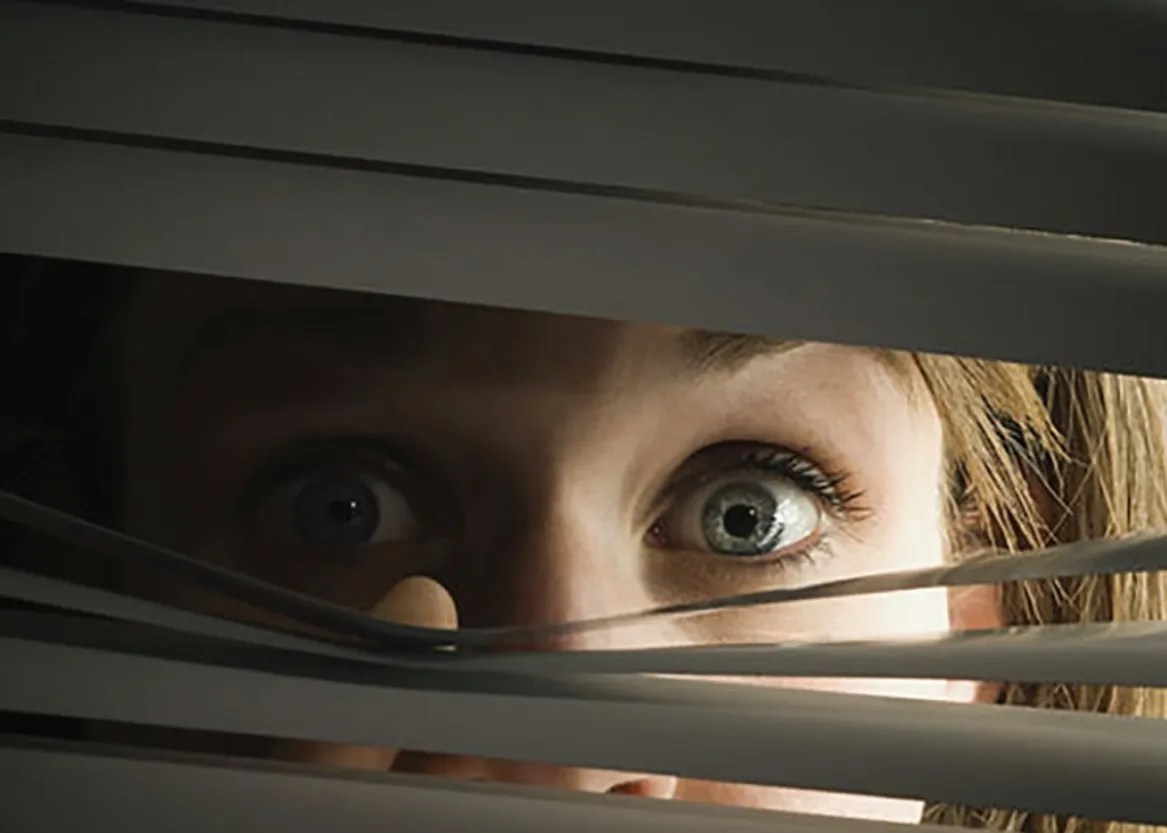Where did you grow up?
I grew up in the East in Homestead, Pennsylvania, which was the setting for the deadly Pinkerton fight against U.S. steelworkers in 1892. After attending college at Penn State, and living outside historic Philadelphia, I moved to Minneapolis in the 1980s.
What is it that drew you to the Hill & Lake community?
After marriage in 1988 at St. Paul’s Episcopal Church, my husband Curt and I bought a 100-year-old duplex in Lowry Hill East (also known as the Wedge Neighborhood) to renovate.
We loved the lakes district location and the old houses, thinking it was a great place to open a bed and breakfast. Then two kids happened. The time I had for running a bed and breakfast shifted to taking care of the family.
At the local pool, neighbors started talking about their old houses. That’s when my curiosity about who lived here in the past and what they did for a living got my attention and began to learn more about Midwestern history.
Midwestern homes are typically not as old as out East, which really surprised me when I moved here. I was wanting to learn more about my new home and the people who had occupied it.
What is “house sleuthing” and how did you get involved in it?
I had no idea where to begin to research my own house. But I started asking questions at the libraries and Hennepin History Museum. So, the house sleuthing took me down a few rabbit holes, as they say.
The first step is knowing where to start looking. The tools and sources are publicly available, I just had to figure out where and how to find them. The biggest sources are the Hennepin County Library Special Collections, property records, and the Hennepin History Museum. They have amazing collections and great people to help sort things out. My own house’s stories began to appear as I dug in. I signed up for online genealogy sites and started meeting the descendants of people who lived in my house.
One day, an older gentleman appeared in my yard and told me stories of when he lived in my house. Back in the day, they even had maids, which I could imagine cooking in my kitchen. Apparently, the maids even once chased an alligator around in the basement to catch it. That was a fun story to hear. Maybe there really is an alligator still in Hill & Lake sewers and Lake of the Isles?
I discovered local historians who were very helpful. With my teaching background, I just had to share all that fun lost history. I started writing for local papers, including the Hill & Lake Press. That also led me to create walking tours of my Lowry Hill East neighborhood and tell of one very important Minnesota writer — Maud Hart Lovelace — who lived, wrote and set one of her Betsy-Tacy books here, “Betsy’s Wedding.” Realtors started asking me to write up short house histories for properties they were listing.
About eight years ago, I started to teach a house detective class through Minneapolis Community Education several times a year at different schools.
What motivates you to research houses?
There is so much history in our old houses, and not just the big grand houses. Every house has great stories. For me, the smaller houses have even more stories because families moved on, and new ones moved in. One of my greatest challenges and joy is to find those details for other homeowners. It is amazing too what newspapers can tell you. In the days before phones, computers and television, the only way people shared their daily lives was through the daily papers. Weddings, funerals, pictures, party attendees, room descriptions were all detailed and just waiting for us to find them again. Today, most sources are now online as well, which allows your fingers to do the walking so you don’t have to travel.
What is your upcoming “Sleuth Your Stoop” class?
“Sleuth Your Stoop” will happen on Saturday, July 27 from 9:30 a.m. to noon. It will be a half-day hands-on workshop at Saint Paul’s Church on Lake of the Isles focused on how residents can be their own house detective. Electronic devices are encouraged. Students will learn all the shortcuts and places to go for much of the info. By the time they leave, they should have enough tools to get them digging in their own rabbit holes.






